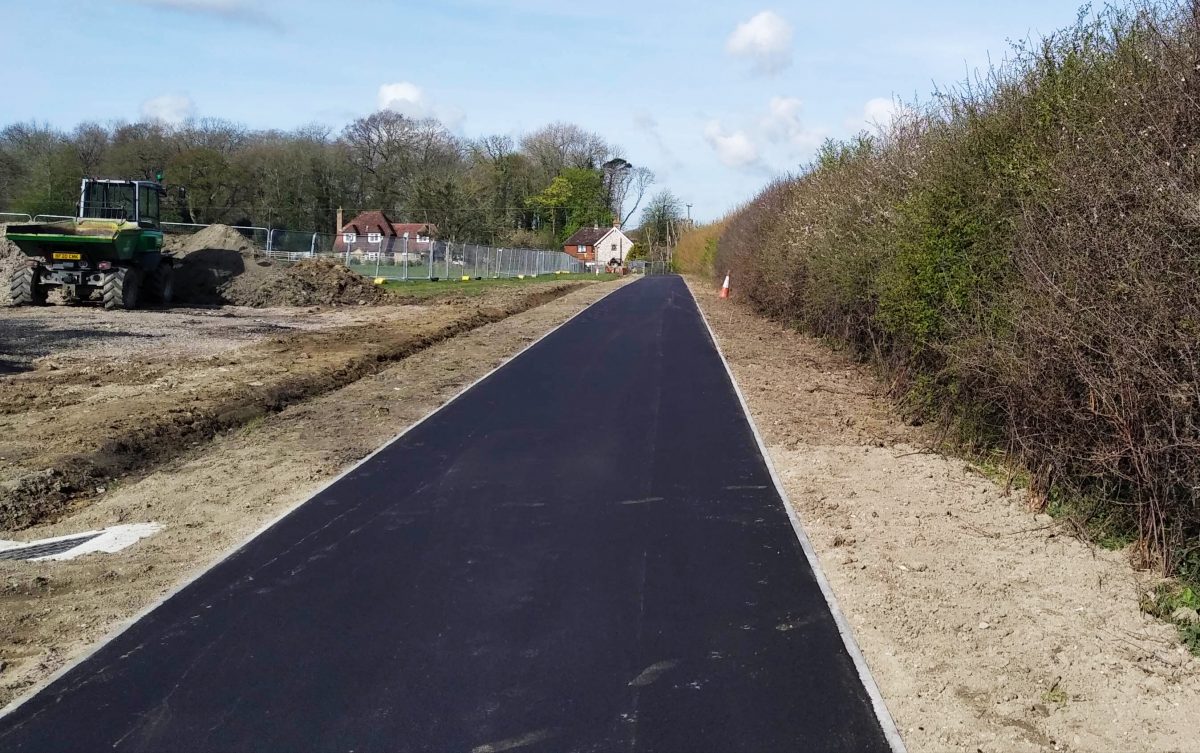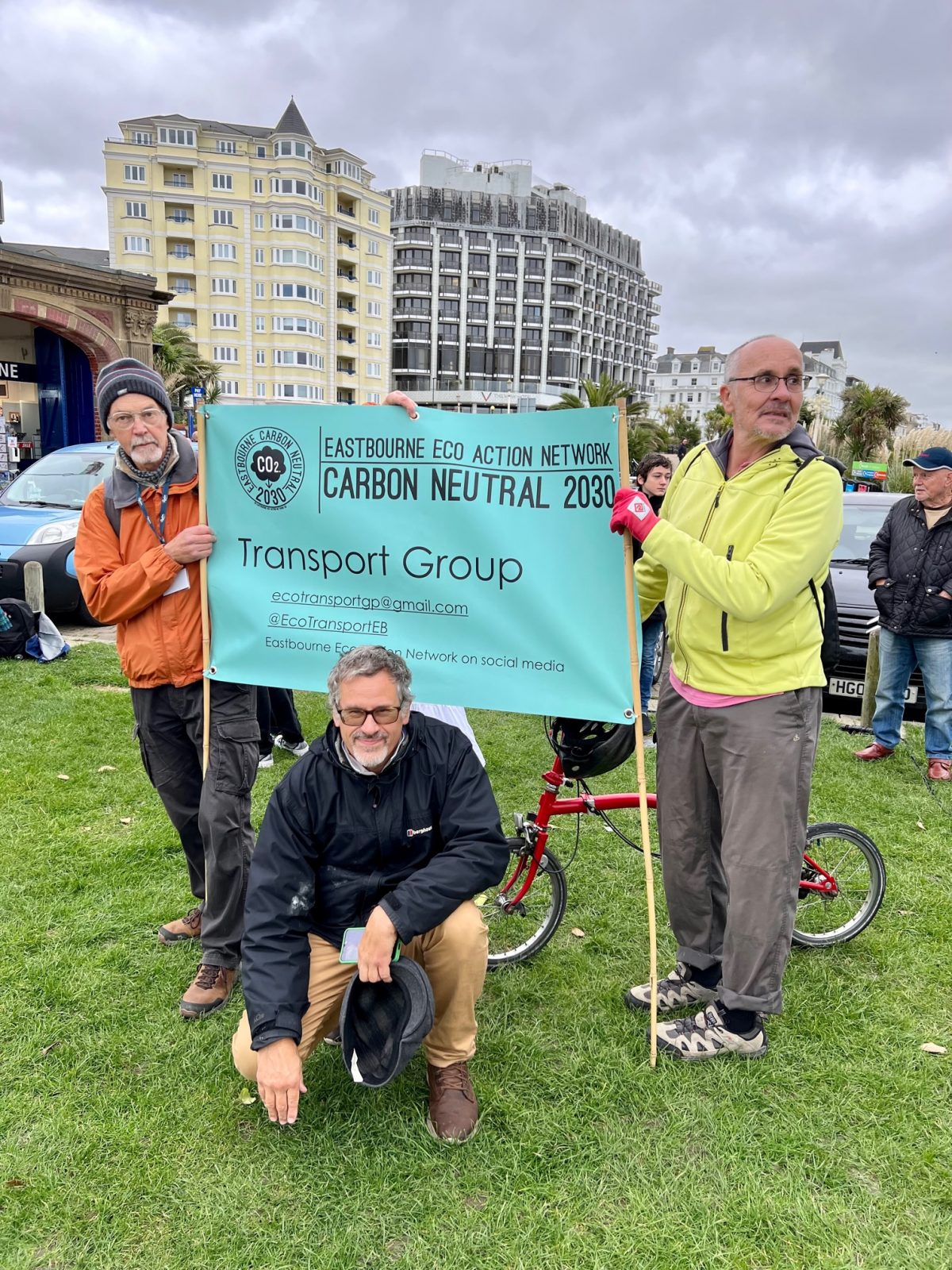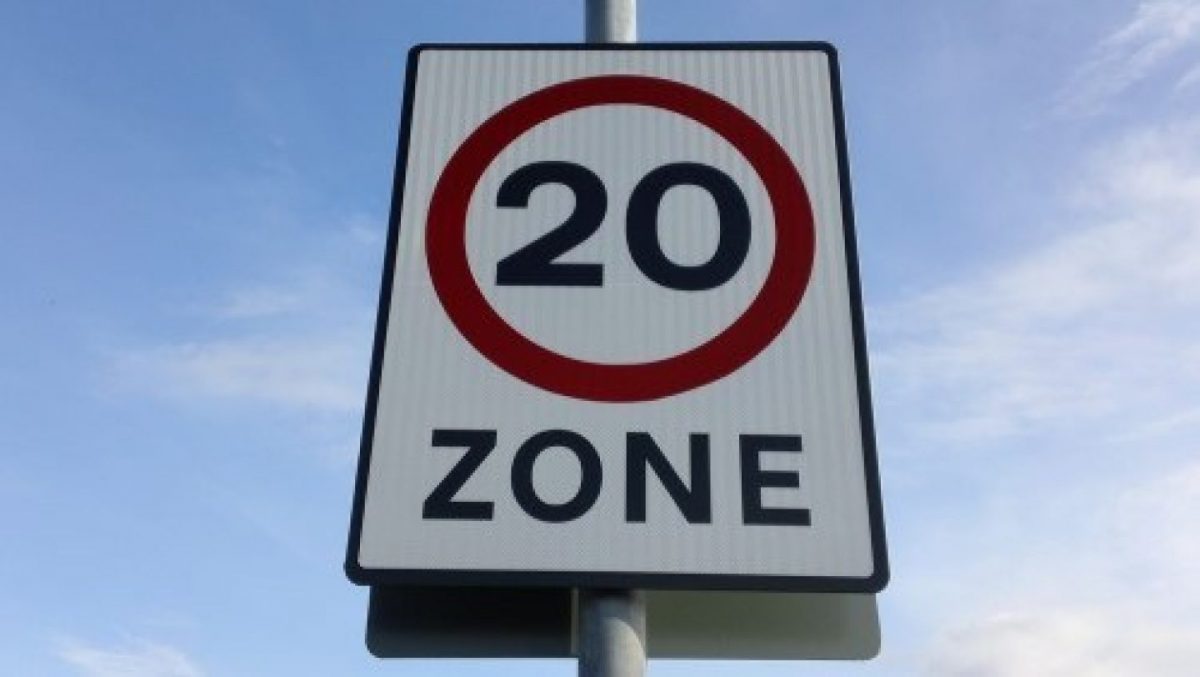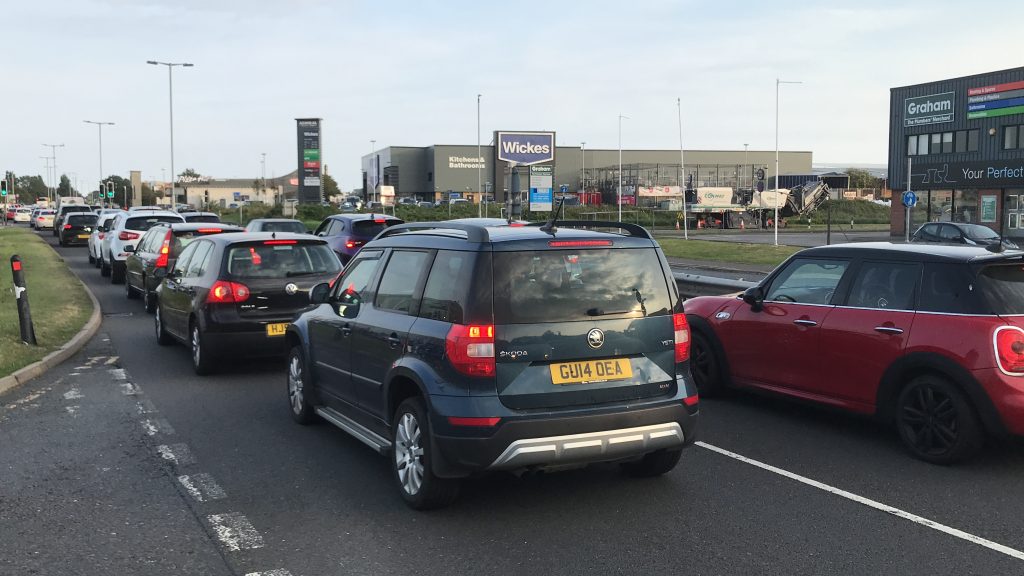For the first time, Eastbourne Eco Action Network (EEAN) Transport Group has undertaken a survey of the carbon footprint of the audience, going to and from Airbourne, which is also referred to as the Eastbourne Airshow. In the past EEAN have estimated the carbon footprint based on Eastbourne Borough Council (EBC) surveys and from other external sources.
The provisional Carbon Footprint for the Audience, from this survey, is estimated at between *3,500* and *4,000* tonnes CO2e depending on the assumptions used. Different carbon emission models, the allocation of a trip within a holiday to Airbourne, vehicle occupancy, multi stage trips, all affect the data. It should be noted that this range is lower than the estimates, in past years. So a review should be carried out by EEAN, when EBC undertake their own analysis for 2025, to cross check and validate this report
However in undertaking this exercise, there were some shortcomings in the approach, that could be addressed next time. Mainly around more accurately analysing people who are coming to Airbourne from the holiday location and not directly from their home. This is covered in the section “How we should have done the survey” . So a blue print for what we could do in 2026 to improve the research.
Background
EBC’s Events Department state “[We] work pro-actively in our approach to sustainability at all of our events including Airbourne. We strive to ensure that sustainability is at the forefront of our decision making as opposed to being an afterthought. Airbourne brings a significant number of people into our town over the course of four days and we try our best to make our event carbon friendly.”
“Only 3.7% of emissions generated by Airbourne are from the flying display aircraft. In fact, all of the displays in total generate less than a one-way flight to New York! The biggest generator of all emissions is actually from the people travelling to events, with 96.1% of all emissions at Airbourne 2022 generated by audience related travel, and just 0.2% from other sources.”
From the EBC 2023/24 Carbon neutral report. “The council has now collected two years’ worth of data from the Airbourne airshow … The visitor survey was particularly successful this year having 1896 responses. As we estimate audience travel based on visitor numbers of 750,000 people, the more people that complete the survey and give us actual information, the more realistic an estimate we can make. Total emissions this year have been calculated as 5479 tonnes, a 12.8% reduction on 2022.” (Around 96% of this is down to audience travel so this is **5250** tonnes)
Survey Results High level
The largest number of attendees come by car using diesel or petrol, and this is reflected in the charts below . There are a reasonable number of people who use public transport, walk and cycle all of these have lower carbon profiles
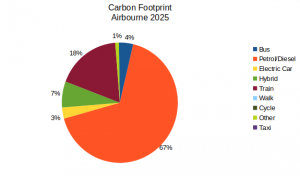
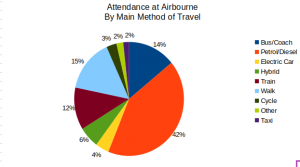
Carbon Footprint Assumptions
One problem, for anyone estimating the carbon footprint, is choosing what ‘calculator’ to use . Different organisations vary in their assumptions
Approaches to be considered may include
-
-
- Count all electric vehicles as having zero tailpipe emissions, so no CO2, in line with the the UK emissions by Council 2005 to 2023 , which excludes carbon emissions of any electric transport ( Electric Vehicles, trains, and e-buses ). They also count, over a year, only the distance covered within Eastbourne. So much, of Airbourne’s journeys, will be allocated to the District Councils of Lewes, Wealden and Rother.
- Including the whole trip ‘door to door’.
- The whole trip, as in the above, but with all the elements of manufacture, disposal and indirect elements
- Allocating CO2 for visitors from long distances, who then stay locally. Where they then have short trips to Airbourne where they might cycle or walk, each day, to the event.
- Regardless the type of car, the larger the vehicle, generally the higher the emissions. Families may choose their largest car for this journey
- Factoring in ‘Stop start’ journeys, with a different CO2 profile to motorway driving.
- There are three main types of hybrid: mild , full , and plug-in. Each with a different CO2 profile though here an average of all 3 is used.
-
Different Calculations for Carbon Emissions
In this report the TNMT approach, is mostly used.
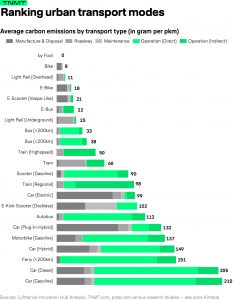
‘Our World in data’ , which is based on UK Government data, tends to be lower. The main difference is around trains where TNMT will include more indirect factors around the infrastructure running a railway.
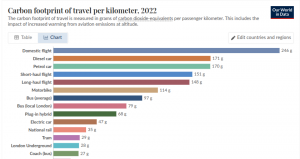
However at Airbourne, there were higher levels of passengers in buses, trains and cars than for an average journey. This could be reflected in the carbon footprint per passenger. The occupancy rate for cars was just above 3.
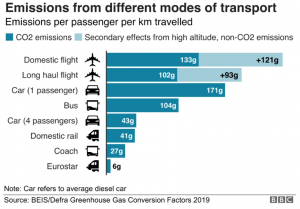
There will be trains and buses returning that are not full. Likewise the ‘Park and Ride’ buses were probably running one way with 50 passengers and with very few on the return. Many local buses were so full at times that they drove past waiting passengers
One approach, used in the first iteration of this report, was to calculate the carbon for each vehicle occupant and gross this up for all those involved in the survey. This did not give a significantly different answer than the simpler method of using one person per private vehicle and then adjust later for the sample size.
So, as explained, the TNMT model has additional CO2 for electric vehicles, because of the manufacture and disposal, especially of batteries. Plus the carbon for electricity is very dependent on how green the grid mix is.
Survey analysis
Many people will attend on multiple days and any count is difficult, as there is no controlled access to the event . In the survey, people could describe two methods, they used to get to the event. For the ‘main method’ of transport the estimate for Carbon is 3150 for an assumed audience of 750,000. (There may be in the table some rounding errors).
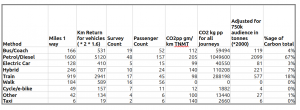
Total 3,150 Tonnes CO2e
-
-
- Miles 1 way – Reported journey for survey in miles – as this is easier for the public to describe their trip there
- Km Return for vehicles – Converting into kilometres and then doubling for return
- Survey Count – Those who describe their ‘Main Method’ for each transport method
- Passenger Count – The passengers for the ‘Survey Count’
- CO2 pp gm/km – CO2 per passenger (person) per kilometre (TNMT)
- CO2 kg pp for all the journeys. Km return * CO2 pp converted into Kilograms
- CO2 tonne for 750,000 – 750,000 is an estimate used by EBC for attendance ( 372 people in survey * 2000 is approx 750k) Then converted into tonnes
- Petrol/Diesel – Private Cars with Internal Combustion Engine
- Other – A mix of methods including powered wheelchairs, motorbikes and larger vehicles
- Hybrid- An average of different types of hybrid – as not differentiated in survey
- Taxi – Assumes mostly hybrid cars.
-
Many people will have multi ‘stage’ trips to get here. Estimates of the ‘second method’ will therefore be for a shorter distance. This will include those visitors who may have come a long way away but are staying reasonably locally and their journeys on these days are less, perhaps using Park and Ride buses, or local buses from the station or town centre. A rough estimate is around 350 tonnes . So the total for all journeys is close to 3,500 Tonnes. ( 3150 + 350)
There is no strong confidence attributable to this figure, as the 750k audience is an estimate and the sample size is small.
Survey questions
Two members of EEAN Transport Group did the interviews. This has the advantage that the interviewer can extract from the conversation the key pieces of data. They tried to make the sampling as random as possible, by time of day, day of week and location. Having only 128 surveys for 372 people is not enough. The technology was a web-link with 3G on mobile phones to a Google form that feeds a Google Sheet .
Comparison with Eastbourne BC data 2022.
It is assumed that the EBC data is all collected from the online feedback form. It is possible that those strongly motivated or financially affected by the event, will be more likely to complete the survey. So for example the figure of 4 coaches with 180 passengers scaled up to 750,000 people would be a very high 40,000 passengers and 1,000 coach trips. It is assumed that the coach operator completed the survey rather that a random sample of the audience, which would be more in line with the EEAN survey. The coaches appearing to have much higher passenger numbers than those using local buses.
Likewise those who are local and less interested may spend only a few hours but on several days. They may be less likely to fill in the questionnaire. Their day may also include work, leisure and shopping and although perhaps driving to town they walked to Airbourne. The average distances are therefore higher with the EBC ‘model’ than in the EEAN survey.
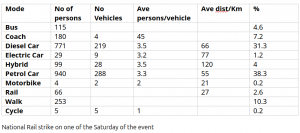
How we should have done the survey
There were some good elements such as capturing multi stage trips. For those staying locally the current questionnaire failed to tease out all the complexities of the trip for each day at Airbourne. The questions would be improved by asking
-
-
- How far did you travel, from home to your holiday destination (Miles)
- How did you get to your holiday destination
- How many days are/were you on holiday
- Of these how many are coming to Airbourne
- How far did you travel, from where you are staying on holiday, to Eastbourne seafront (Miles)
- How did you get from where you are staying today
-
Authors – Paul Humphreys and Derrick Coffee

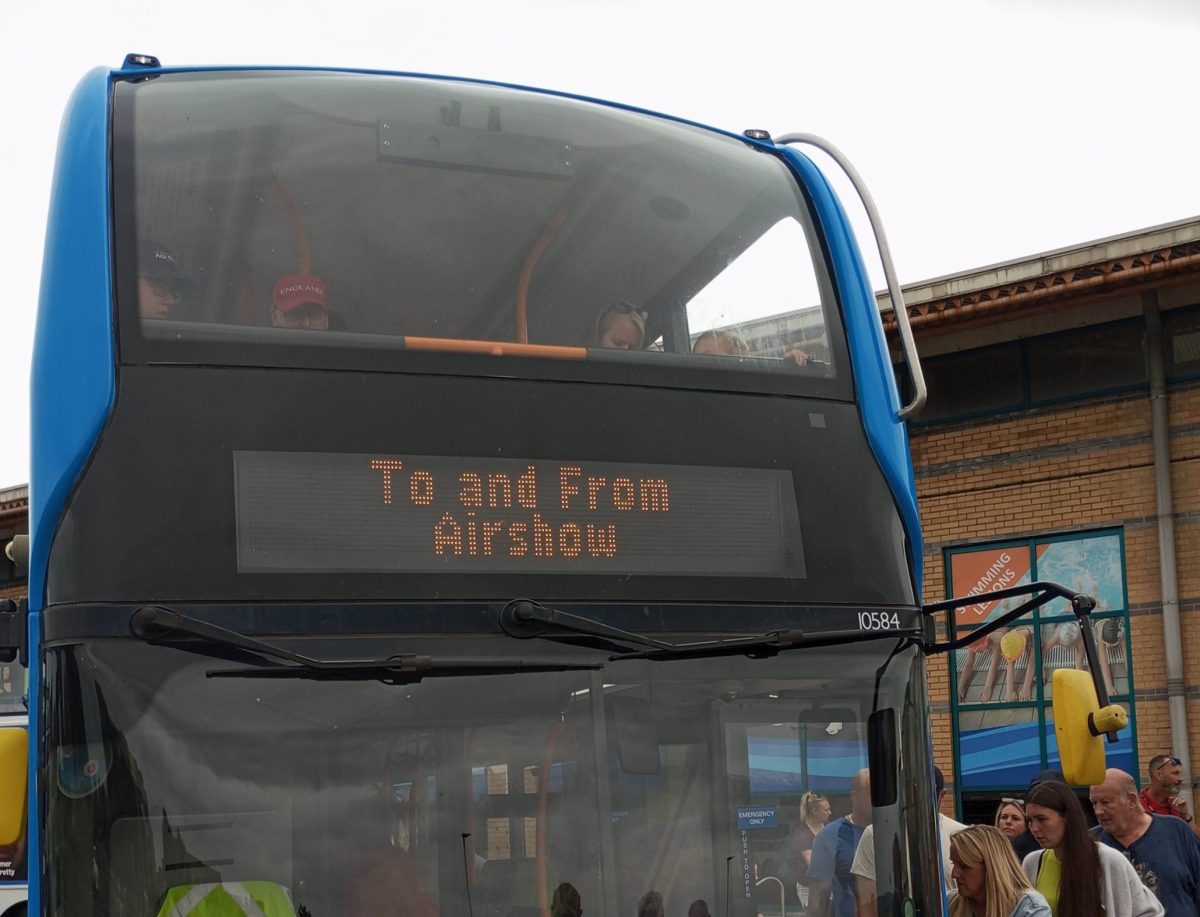



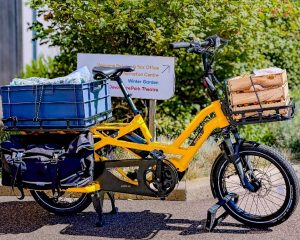

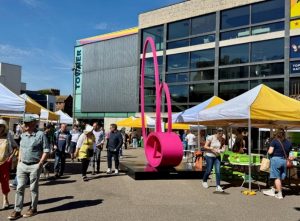
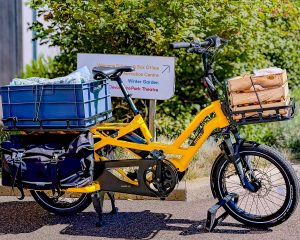










 Fewer cars will free up space for nature, housing, business and children’s play and reduce congestion. Policy documents have recognised this over 50 years: delivery on the ground is sadly the exception. The new
Fewer cars will free up space for nature, housing, business and children’s play and reduce congestion. Policy documents have recognised this over 50 years: delivery on the ground is sadly the exception. The new 
 However is seems that outside of the formal process it is possible for the various campaigning sides to agree what they think would work.
However is seems that outside of the formal process it is possible for the various campaigning sides to agree what they think would work. The same idea should also be used for cycle routes, where there is a often a consensus, that off-road routes do not cause issues for motor vehicles. Such successful schemes include Horsey Sewer, Cuckoo Trail and the A27 shared path to Firle. So let us prioritise these where possible, instead of contentious and poorly configured solutions that are ‘shoehorned’ into narrow spaces on roads and footways.
The same idea should also be used for cycle routes, where there is a often a consensus, that off-road routes do not cause issues for motor vehicles. Such successful schemes include Horsey Sewer, Cuckoo Trail and the A27 shared path to Firle. So let us prioritise these where possible, instead of contentious and poorly configured solutions that are ‘shoehorned’ into narrow spaces on roads and footways.








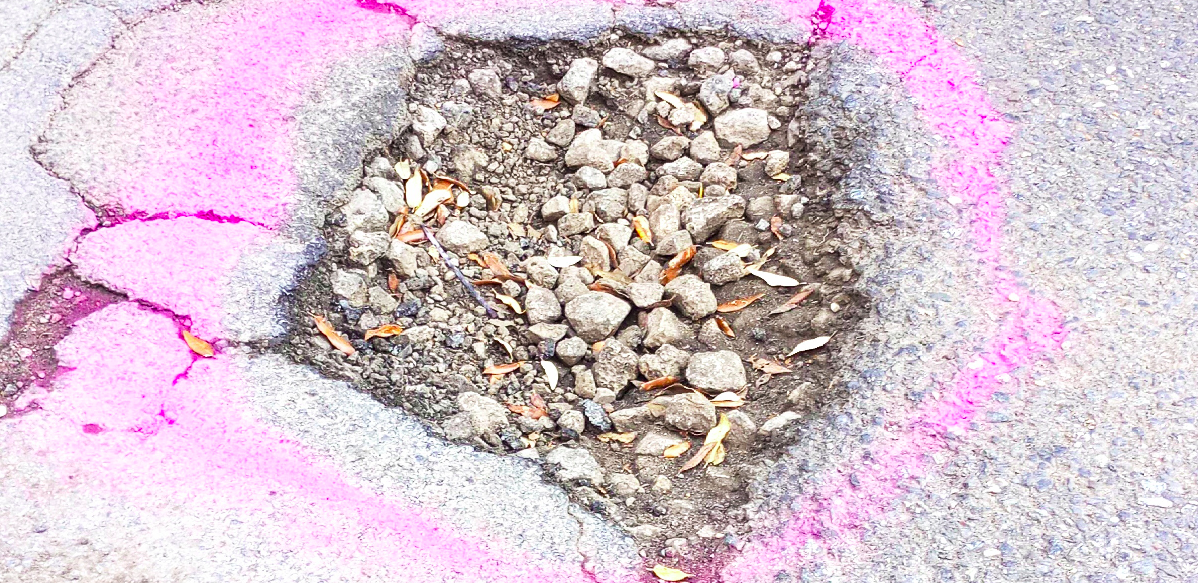



 Good afternoon, everyone. I am Richard Garland, and amongst other things I am co-founder of
Good afternoon, everyone. I am Richard Garland, and amongst other things I am co-founder of 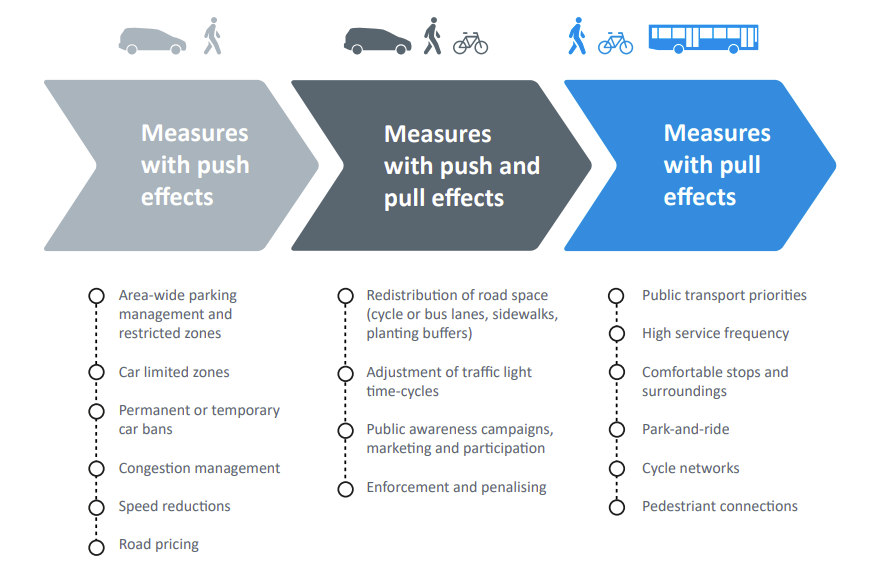

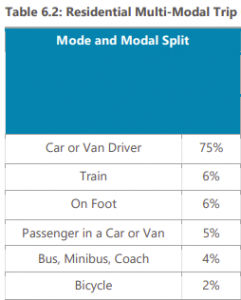
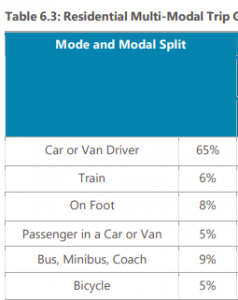
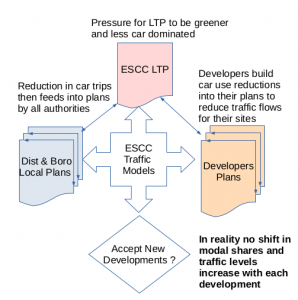
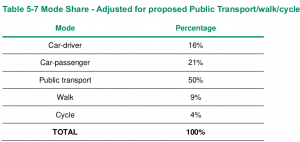
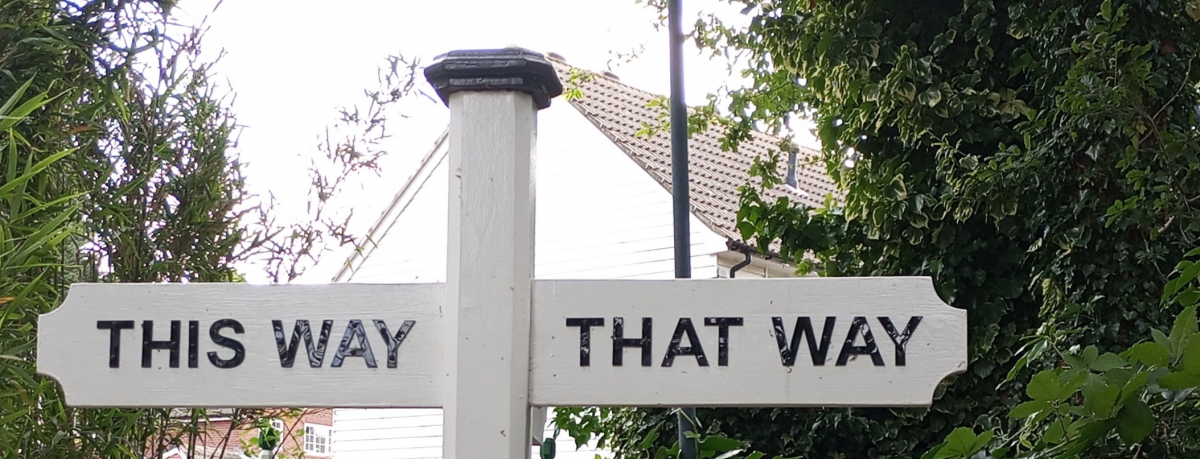
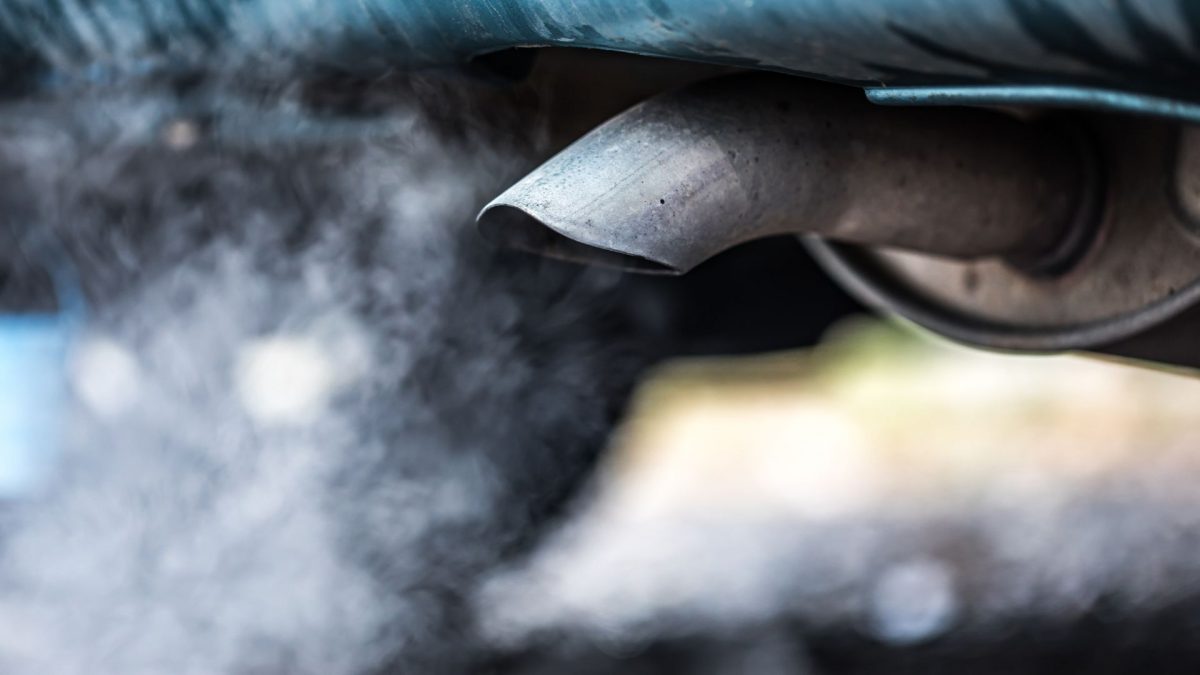
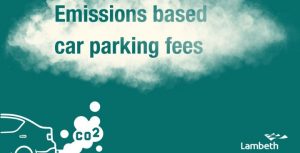
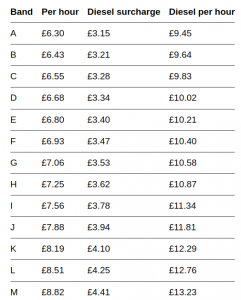
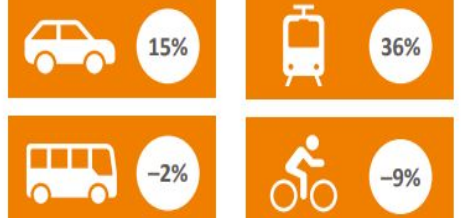

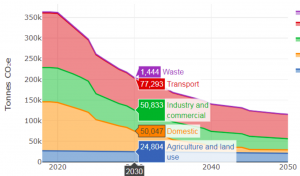
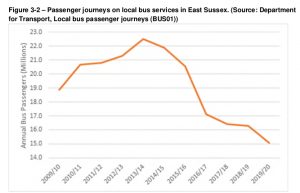
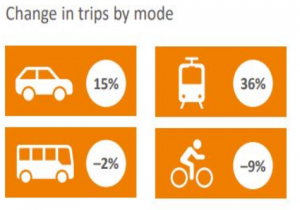

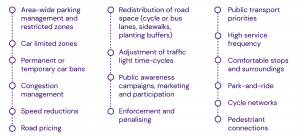
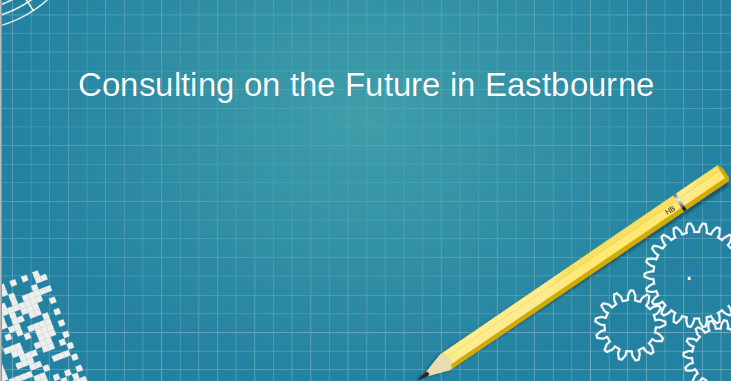
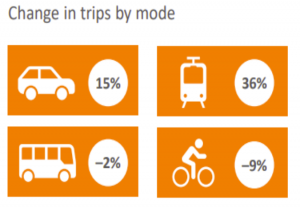
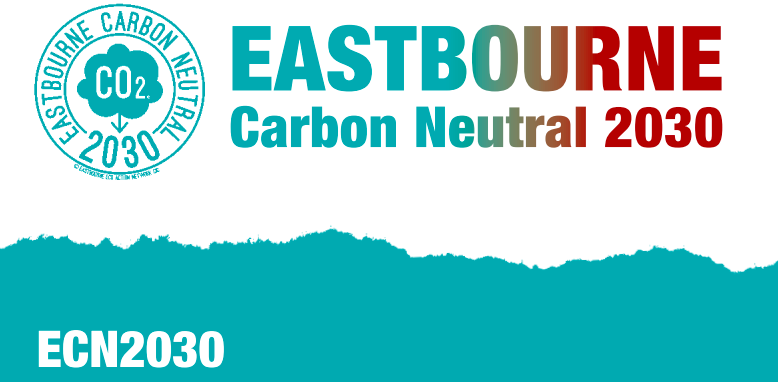

 An analysis that includes more is at
An analysis that includes more is at 